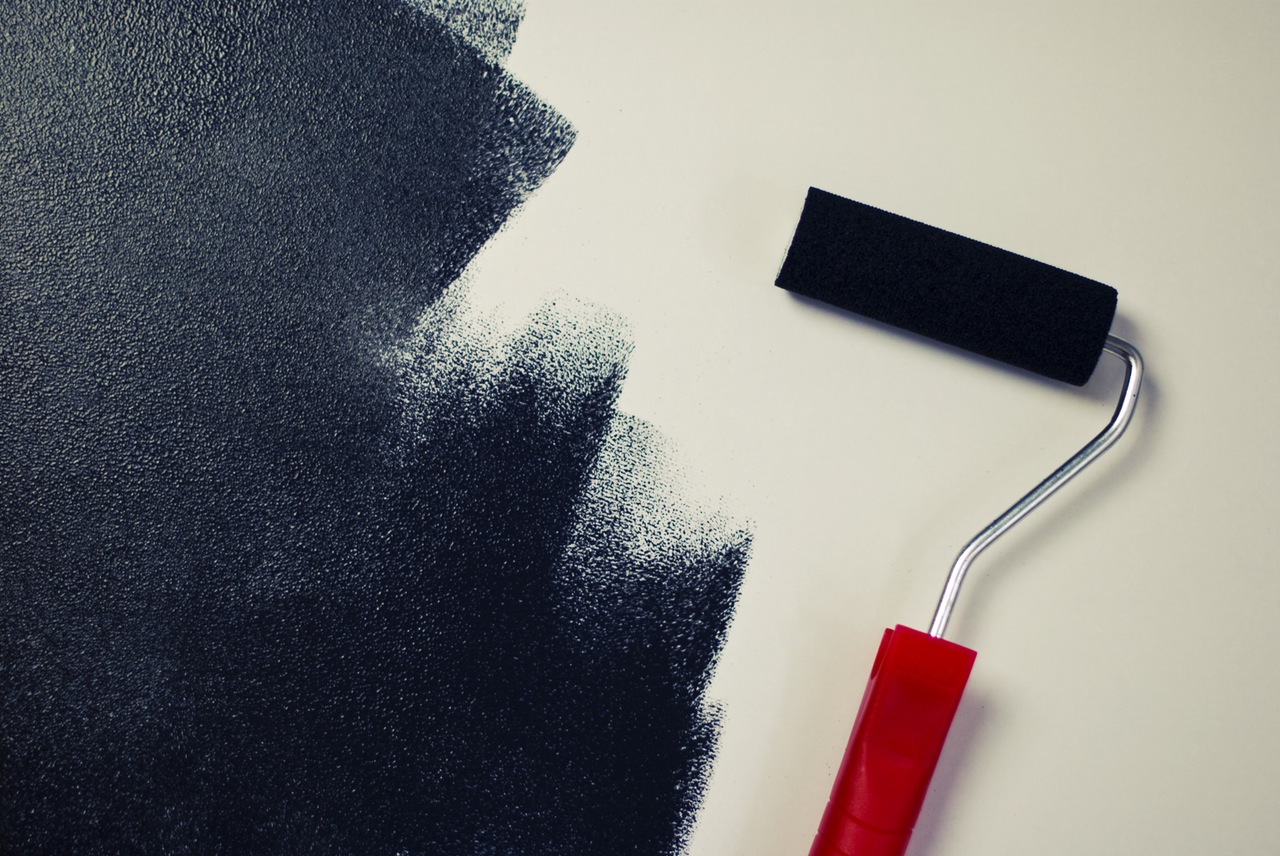A fresh lick of paint is a great way to spruce up your home, whether it be the interior or exterior. Not only does it look good, it is also an essential element of preserving the integrity of your home. Often summer is a busy time for holidays, travel, weddings and Christmas and it has come and gone before you have even thought about painting the house. Painting in the winter months is therefore a great option and even though not the most obvious choice, with the right products and a skilled painter, there is no reason why winter painting can’t be a success.
We service all areas of Northland, including…
Whangarei, Waipu, Langs Cove, Mangawhai, Wellsford, Dargaville, Kerikeri, Paihia, Russell, Opua, Kaitaia, Mangonui, Coopers Beach, Karikari, Whangarei Heads, Tutukaka, Waitangi, Bay of Islands.


